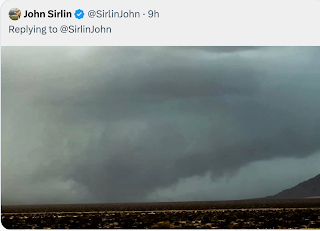Fire Season in the Flint Hills
It is prairie fire season in the Kansas Flint Hills, the last area of native (i.e., sod never broken) tallgrass prairie in North America. In the words of Kansas State University (below), burning is essential to preserving the tallgrass prairie.
Less than 4% of the original tallgrass prairie remains intact, and an overwhelming majority of it is located in the Flint Hills of Kansas. To protect it and keep it in its natural state, Kansas State University (K-State) scientists and other prairie ecologists say it’s important to conduct routine prescribed burns.
Fire has always been a key ecological process in the tallgrass prairie. In pre-European settlement times, the prairie burned in a variable, but frequent regime (two to five fires per decade), said Walt Fick, range management specialist with K-State Research and Extension. Periodic fire is essential to the preservation and sustainability of these grasslands.
The prairie cannot continue to exist without fire, Fick said. Frequent fire increases the growth and abundance of native prairie grasses and prevents the establishment and spread of invasive woody plants.
Less than 4% of the original tallgrass prairie remains intact, and an overwhelming majority of it is located in the Flint Hills of Kansas. To protect it and keep it in its natural state, Kansas State University (K-State) scientists and other prairie ecologists say it’s important to conduct routine prescribed burns.
Fire has always been a key ecological process in the tallgrass prairie. In pre-European settlement times, the prairie burned in a variable, but frequent regime (two to five fires per decade), said Walt Fick, range management specialist with K-State Research and Extension. Periodic fire is essential to the preservation and sustainability of these grasslands.
The prairie cannot continue to exist without fire, Fick said. Frequent fire increases the growth and abundance of native prairie grasses and prevents the establishment and spread of invasive woody plants.







Comments
Post a Comment